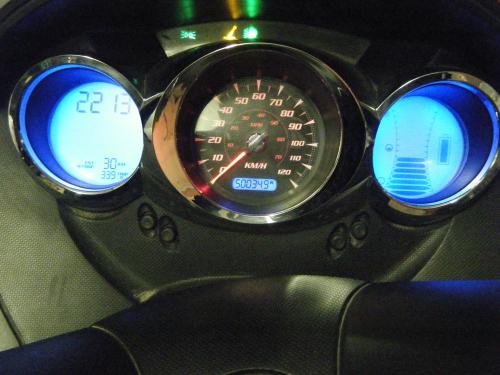edatoakrun
Well-known member
Unless there's a software glitch, EVNow's theory seems to explain this best (a bigger SOC spread than expected within "bar 3" due to different charge/discharge thresholds). The spread between 20% SOC and 32% SOC would be about 2.9 kWh. The descent from Mt. Baldy Village (~4200') to Baseline Rd. (~1480') in Claremont is 9.2 miles and about a 2720' drop. At 1.3 kWh per 1000', that would be 3.5 kWh in potential energy. At 50% efficiency, you'd pick up 1.8 kWh in regen, well below that 2.9 kWh possible spread for "bar 3". Also, perhaps Carwings would indicate the total regen kWh on that drive.sparky said:Three bars of SOC at the top and 3 bars at the bottom. Cranking 10-30 kW of regen the whole way down.
Maybe someone needs to try a bigger climb/descent to see regen add a bar to the display! Start the climb with more charge and do the Mt. Baldy ski lifts next time? ;-)[/quote]
If these numbers are correct, there are not many road grades CONSISTANTLY steep enough with a total elevation drop to put a bar on the display. Too steep, and you lose regen potential to the brake pads. and any flat or uphill stretches reduce regen gains over the total drive.
I doubt any roads in my area would do it. Seems to me the only likely place to give it a try would be the Eastern Sierra descents on highways 120 or 108, from Tenaya or Sonora pass.
One of you grade/elevation experts take a look at them.
Then figure your charge path to get to the top...





